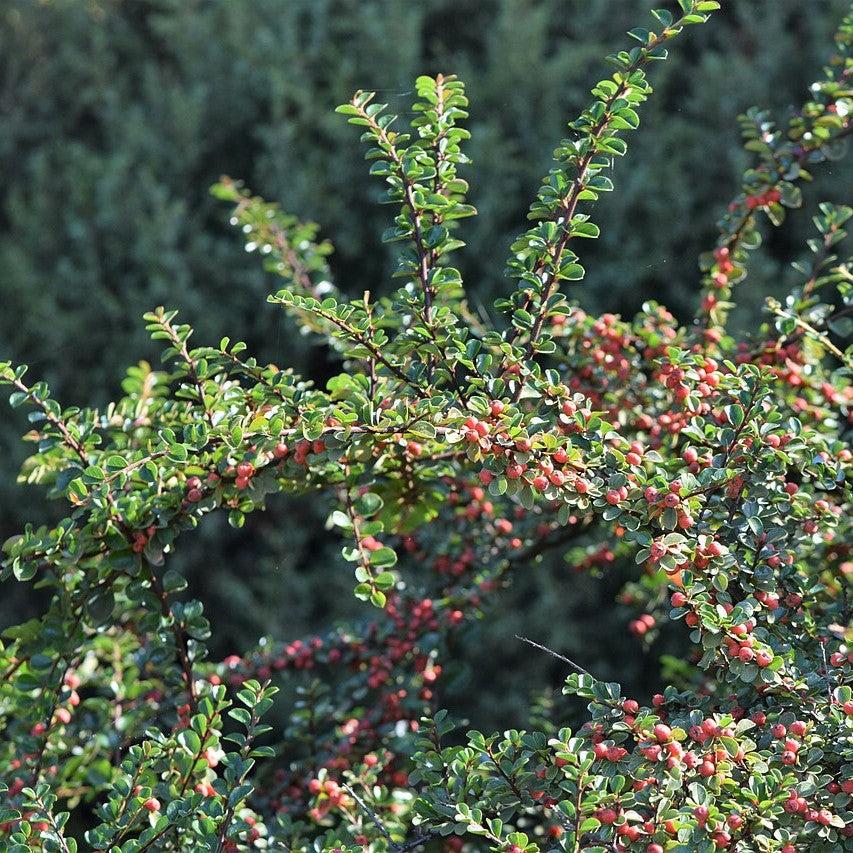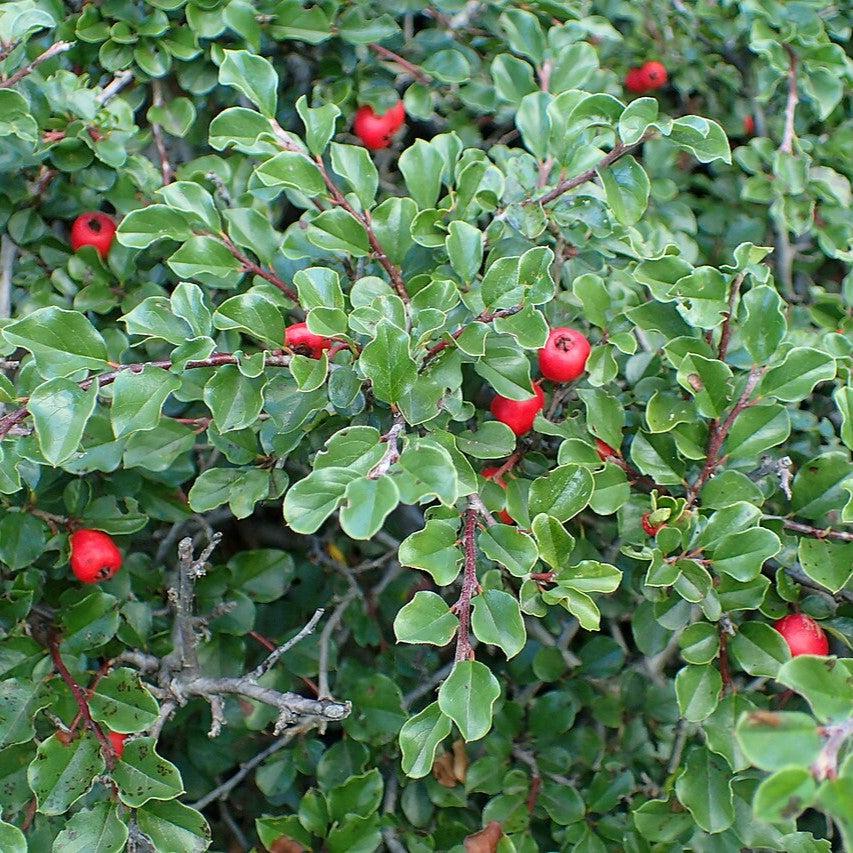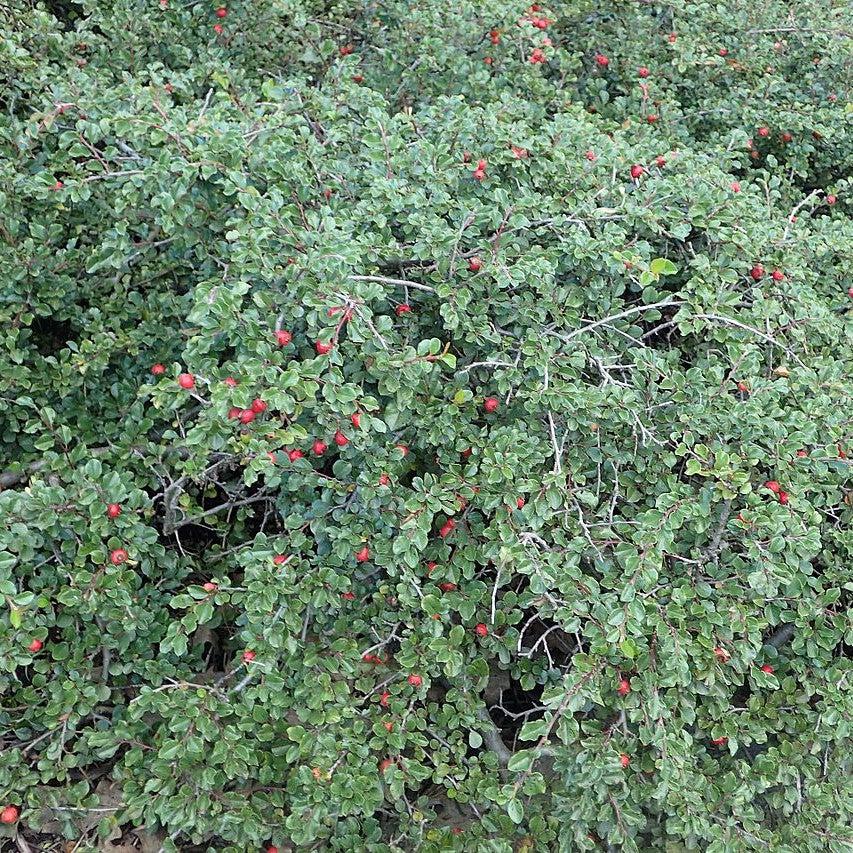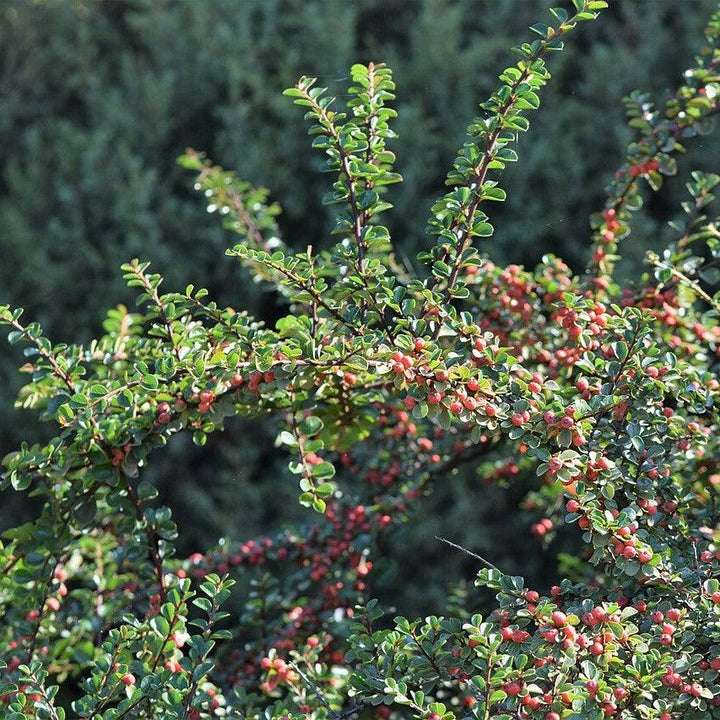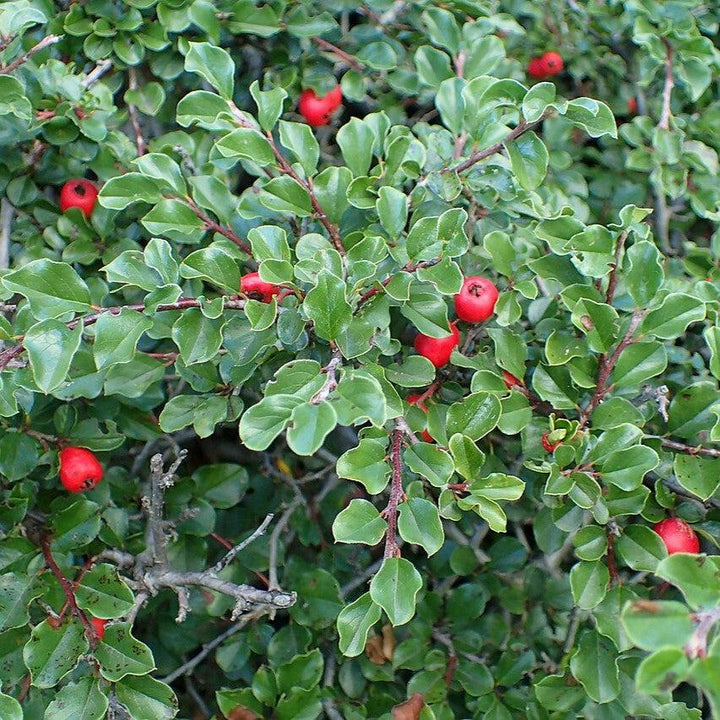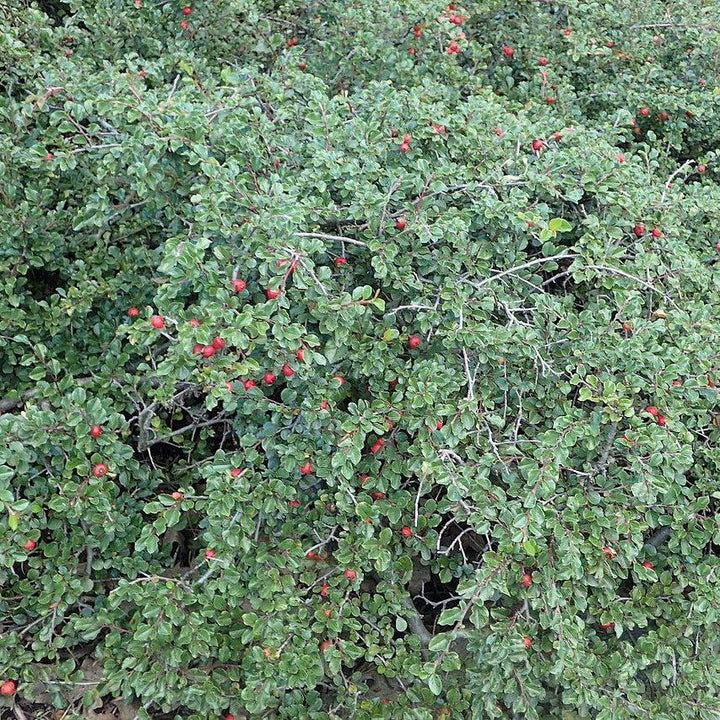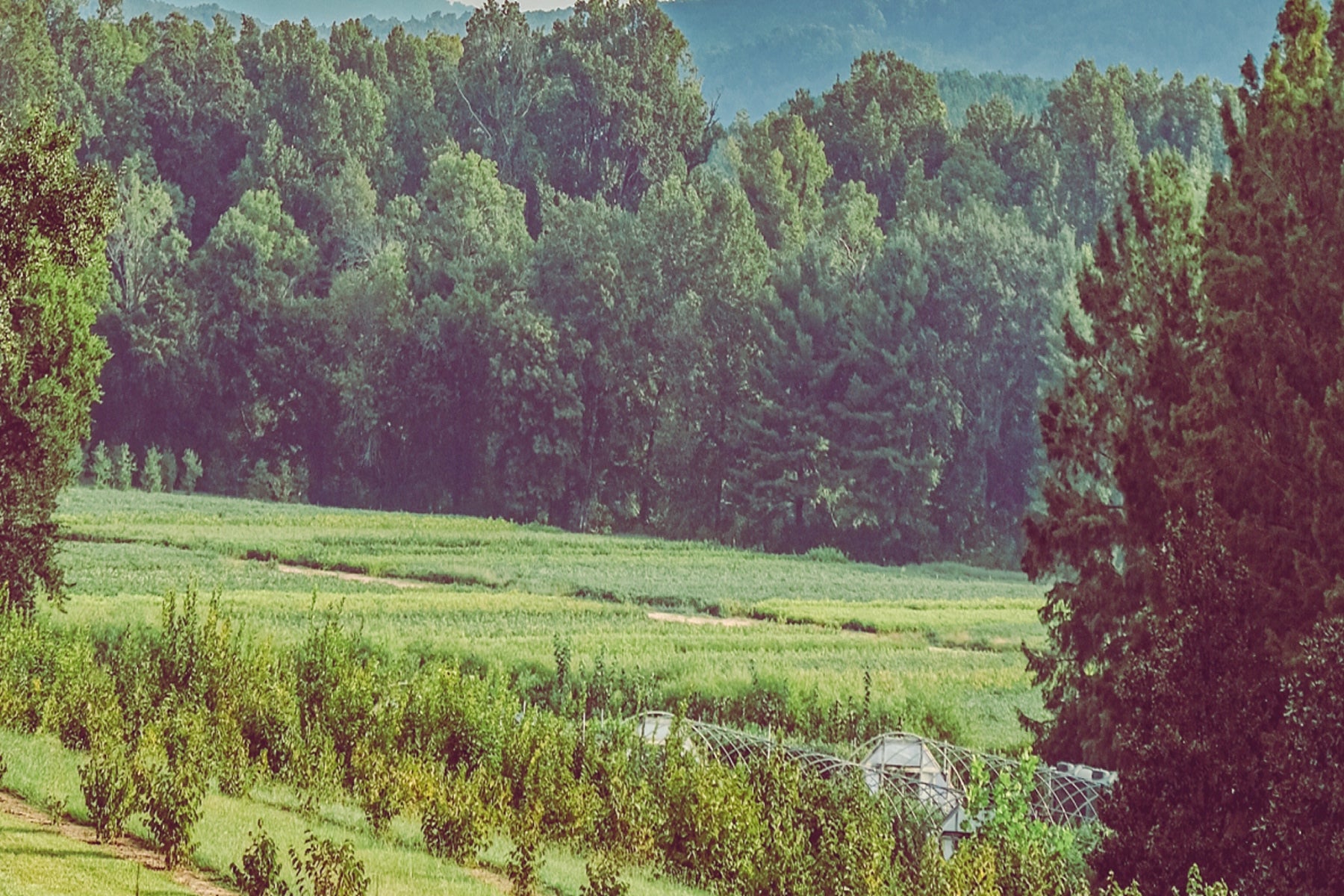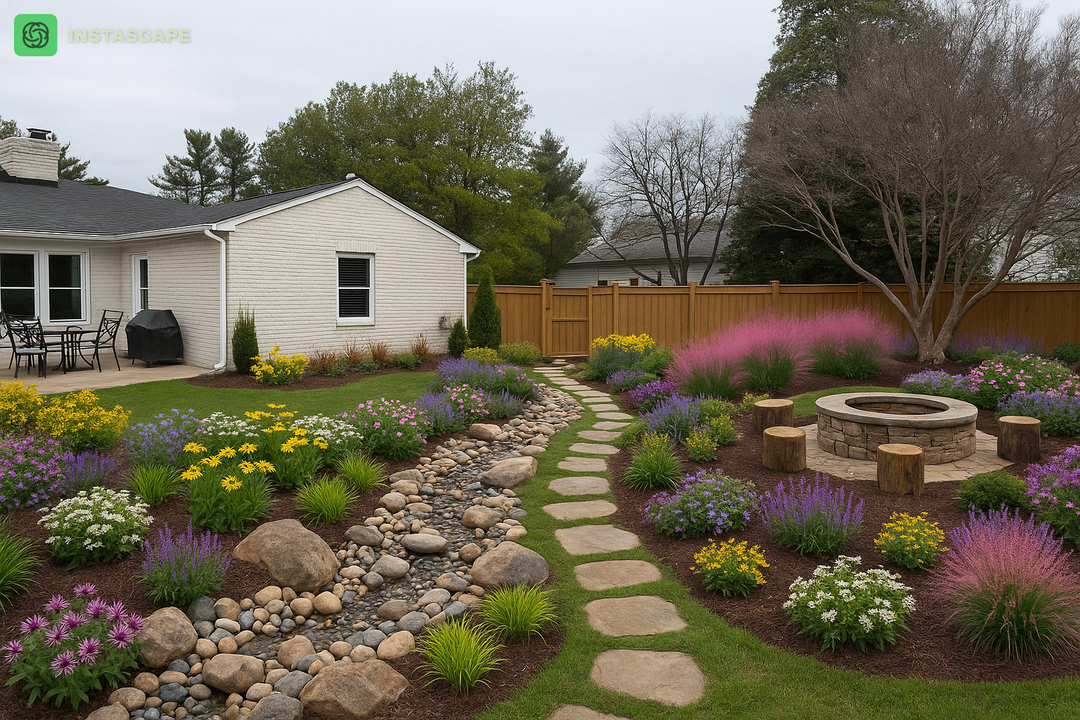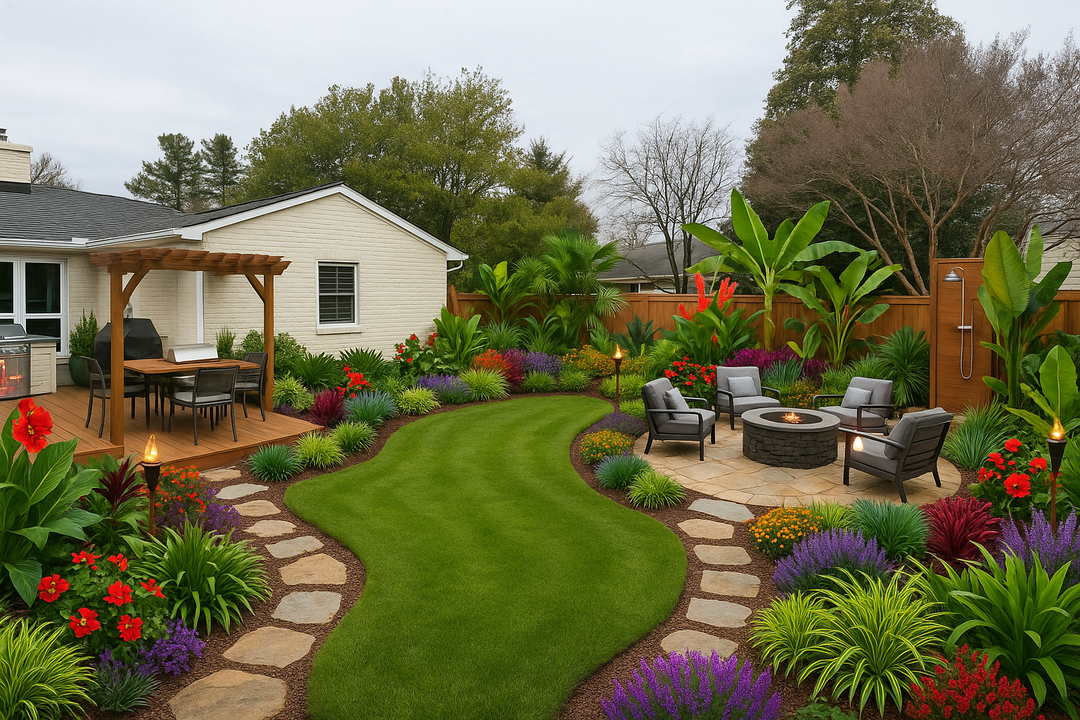Cranberry Cotoneaster is a dense deciduous shrub with a broad mounded habit and stiffly arching branches that is primarily grown for its attractive fruit. The rounded glossy green willow-like leaves turn shades of purple, red, and bronze in fall. White flowers bloom in late spring, which then give way to shiny red berries. Prefers full sun and moist, well-drained soil. Drought and urban tolerant once established.
|
Type: |
|
|
Height: |
2' - 3' |
|
Spread: |
3’ - 6' |
|
Spacing: |
5' |
|
USDA Hardiness Zone: |
4 - 7 |
|
Culture: |
|
|
Bloom Color: |
White |
|
Season of Interest: |
MAINTENANCE NEEDS: Low Maintenance. Susceptible to fireblight, leaf spots, and canker. Watch for aphids, cotoneaster webworm, mites, and lace bugs. Branches root where they touch the ground.
LANDSCAPE USES: Accents or Group Plantings, Borders, Woodland Gardens, Naturalized Areas, Rock Gardens, Wildlife Gardens, Urban Gardens, Hedges, and Containers.
COMPANION PLANTS: Dogwood, Magnolia, Juniper
IMAGES: Krzysztof Ziarnek, Kenraiz, Cotoneaster apiculatus kz01, CC BY-SA 4.0, (2) Krzysztof Ziarnek, Kenraiz, Cotoneaster apiculatus kz2, CC BY-SA 4.0, (3) Krzysztof Ziarnek, Kenraiz, Cotoneaster apiculatus kz3, CC BY-SA 4.0
*As plants have ranges in appearance they may not appear as the images shown.
